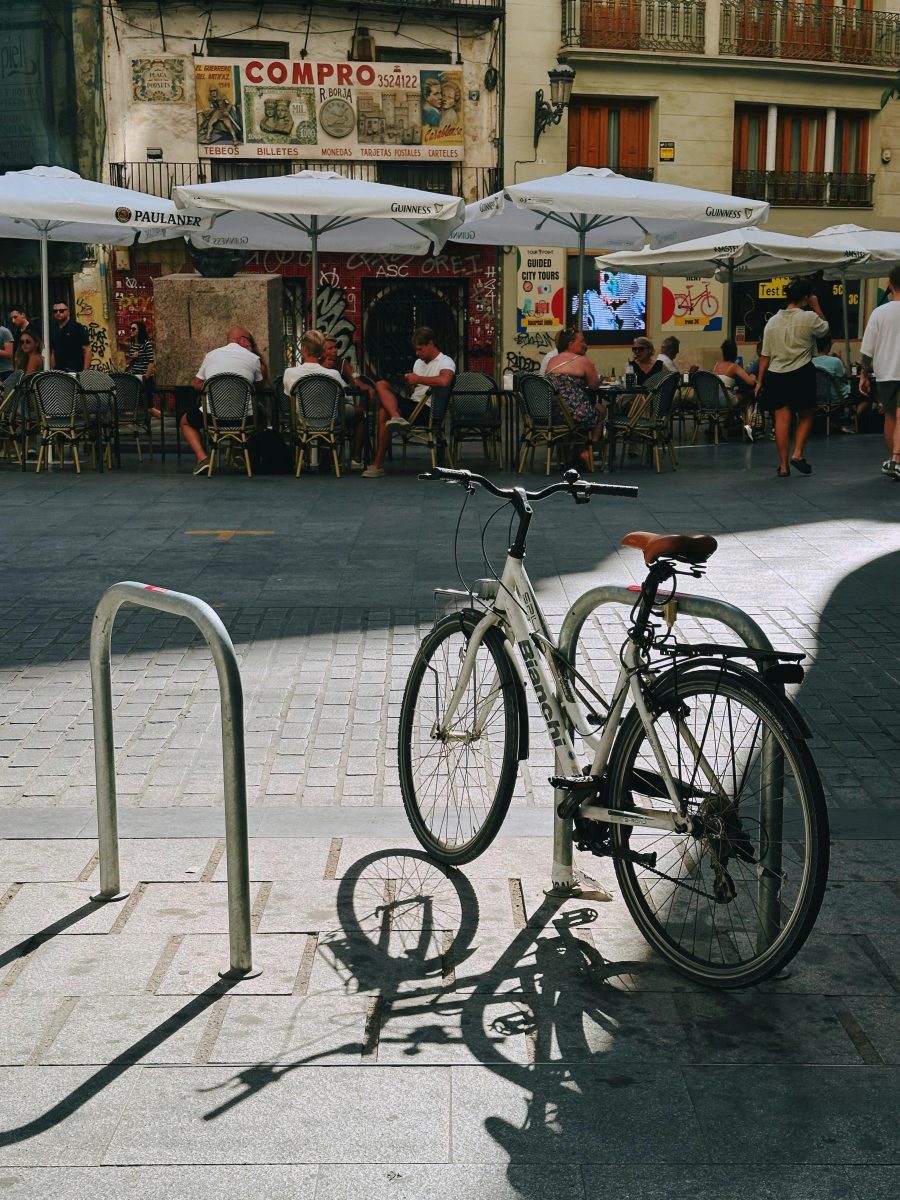
Can You Drink Tap Water in Poland?
Poland, a beautiful country located in Eastern Europe, offers a wide range of attractions to tourists. From picturesque landscapes to historical landmarks, Poland has it all. However, when it comes to something as basic as tap water, travelers often have concerns about its safety. In this article, we will explore Poland’s water supply, safety standards, health implications, alternatives, and public perception of tap water.
Understanding Poland’s Water Supply
When it comes to understanding Poland’s tap water, it’s essential to delve into its source and the treatment and purification process it undergoes.
Poland’s water supply system is a complex network that ensures clean and safe drinking water for its population. Let’s explore further the intricacies of this vital system.
Source of Poland’s Tap Water
Poland relies on both surface water and groundwater sources to provide its citizens with clean drinking water. Surface water sources include rivers, lakes, and reservoirs, while groundwater sources are accessed through wells.
These sources are carefully selected and regularly monitored to meet the required quality standards. The surface water sources are especially crucial as they are susceptible to contamination from various sources, such as agricultural runoff and industrial discharges.
Treatment and Purification Process
Before tap water reaches our homes, it undergoes rigorous treatment and purification processes. This ensures that it is safe for consumption and meets the necessary quality standards.
The treatment process typically includes coagulation, flocculation, sedimentation, and filtration to remove impurities. It is often complemented by disinfection techniques such as chlorination or ultraviolet (UV) irradiation to eliminate harmful microorganisms. These processes are continuously monitored and adjusted to maintain water quality throughout the distribution system.
Safety Standards for Drinking Water in Poland
Ensuring the safety of tap water in Poland is a priority for the government. This involves establishing regulations and complying with European Union standards.
Poland’s commitment to water safety extends beyond regulatory compliance; it is ingrained in the country’s culture of environmental stewardship. The government recognizes the importance of preserving natural water sources and protecting them from pollution, ensuring that future generations will also have access to clean drinking water.
Government Regulations on Water Quality
The Polish government has implemented comprehensive regulations to maintain rigorous standards for tap water quality. Stringent measures are in place to monitor water quality at its source, treatment plants, and distribution networks. Regular testing is conducted to ensure compliance with the set standards.
In addition to monitoring water quality, the government invests in infrastructure and technology to enhance water treatment processes. Advanced filtration systems and treatment methods are continuously being researched and implemented to improve the quality of tap water across the country.
The government also provides transparency by making information about water quality accessible to the public.
Compliance with European Union Standards
As a member of the European Union, Poland is obliged to adhere to the Drinking Water Directive. This directive sets strict limits for various contaminants and regulates the quality of tap water throughout the European Union.
Poland takes these standards seriously and works diligently to meet and exceed them, providing residents and visitors with safe drinking water.
Furthermore, Poland actively participates in collaborative efforts with other EU member states to share best practices in water management and treatment. This exchange of knowledge and expertise helps ensure that water quality standards continue to improve across the region, benefiting millions of people.
Health Implications of Drinking Tap Water in Poland
While the authorities make every effort to provide safe tap water, it is essential to be aware of potential contaminants and understand the impact on our health.
Poland, known for its picturesque landscapes and rich history, also boasts a relatively well-maintained water infrastructure. The tap water in Poland is sourced from both surface water bodies like rivers and underground aquifers, undergoing rigorous treatment processes before reaching households.
Despite these efforts, it’s crucial to acknowledge that the aging infrastructure in some regions may lead to issues such as pipe corrosion, potentially affecting water quality.
Potential Contaminants in Tap Water
Tap water in Poland, like in many other countries, may contain trace amounts of various chemicals and microorganisms. These can include chlorine, nitrates, pesticides, and bacteria.
Additionally, seasonal variations, industrial activities, and agricultural practices can influence the presence of contaminants in the water supply, highlighting the importance of regular monitoring and testing.
However, it is essential to note that these contaminants remain within acceptable limits set by health authorities, and the risk of immediate harm is generally low.
Continuous advancements in water treatment technologies and stricter regulations contribute to maintaining the quality of tap water in Poland, ensuring that it meets the stringent standards set by the European Union.
Impact on Digestive Health
In most cases, tap water in Poland is safe for consumption and poses no immediate threat to digestive health. However, individuals with specific dietary restrictions or medical conditions might prefer alternative drinking options.
Furthermore, the mineral composition of tap water can vary across different regions of Poland, potentially impacting its taste and suitability for individuals with sensitivities.
It is always advisable to consult a healthcare professional if you have any concerns about the impact tap water may have on your digestive health.
Alternatives to Drinking Tap Water in Poland
For those who prefer alternatives to tap water, Poland offers several options to quench your thirst safely.
Poland, known for its picturesque landscapes and rich cultural heritage, also boasts a diverse range of beverage options beyond tap water. Exploring these alternatives can not only provide hydration but also offer a glimpse into the country’s culinary scene and drinking habits.
Bottled Water Options
Bottled water is readily available in Poland and can be purchased at supermarkets, convenience stores, and vending machines. Many brands offer both still and sparkling water, catering to different preferences.
Additionally, Poland is home to natural mineral water sources, making it a hub for premium bottled water products. These mineral-rich waters not only offer hydration but also provide a unique taste experience, reflecting the country’s geological diversity.
When choosing bottled water, it is important to look for reputable brands that comply with the necessary quality standards.
Water Filtration Systems
Another alternative to tap water in Poland is investing in a water filtration system. These systems can be installed at home and provide an extra layer of purification, ensuring safe drinking water for you and your family.
Embracing a water filtration system not only enhances the quality of your drinking water but also contributes to environmental sustainability by reducing plastic waste from bottled water consumption. It is a conscious choice that aligns with Poland’s growing focus on eco-friendly practices.
Various types of filters are available, including activated carbon filters and reverse osmosis systems, each with its specific benefits and capabilities.
Public Perception of Tap Water in Poland
The public perception of tap water in Poland varies, depending on local attitudes and the perspectives of tourists.
Local Attitudes Towards Tap Water
Many Polish citizens have faith in their country’s tap water and consume it daily without any reservations. They trust the systems in place and believe that it meets the required safety standards.
Moreover, tap water is often used for cooking and brewing traditional Polish beverages such as tea and coffee, emphasizing the confidence locals have in its quality.
One interesting aspect of local attitudes towards tap water in Poland is the historical context. Poland has a long tradition of valuing natural resources, including water. The country is home to numerous natural springs and mineral water sources, which have been cherished for centuries. This cultural appreciation for water may contribute to the trust that locals place in their tap water.
Tourist Perspectives on Poland’s Tap Water
For tourists visiting Poland, tap water may be a topic of concern due to unfamiliarity with the local infrastructure and quality standards. However, by understanding the measures taken to ensure safe drinking water, they can make informed decisions.
It is worth noting that restaurants, cafes, and hotels in tourist areas often offer bottled water as an alternative, catering to the preferences and peace of mind of their international guests.
When it comes to tourist perspectives on tap water in Poland, it is fascinating to explore the cultural differences that shape these perceptions. In some countries, tap water is commonly consumed without hesitation, while in others, the norm is to rely on bottled water. These cultural norms and expectations can influence how tourists perceive and approach tap water in a foreign country like Poland.
In conclusion, Poland’s tap water is generally safe for consumption, thanks to a robust supply system, strict regulations, and compliance with European Union standards. While there are alternatives available for those who prefer them, locals trust their tap water and utilize it in their daily lives. Tourists, with adequate information, can confidently make choices based on their preferences. Ultimately, with a little knowledge and awareness, visitors can enjoy their stay in Poland while staying hydrated and refreshed.







